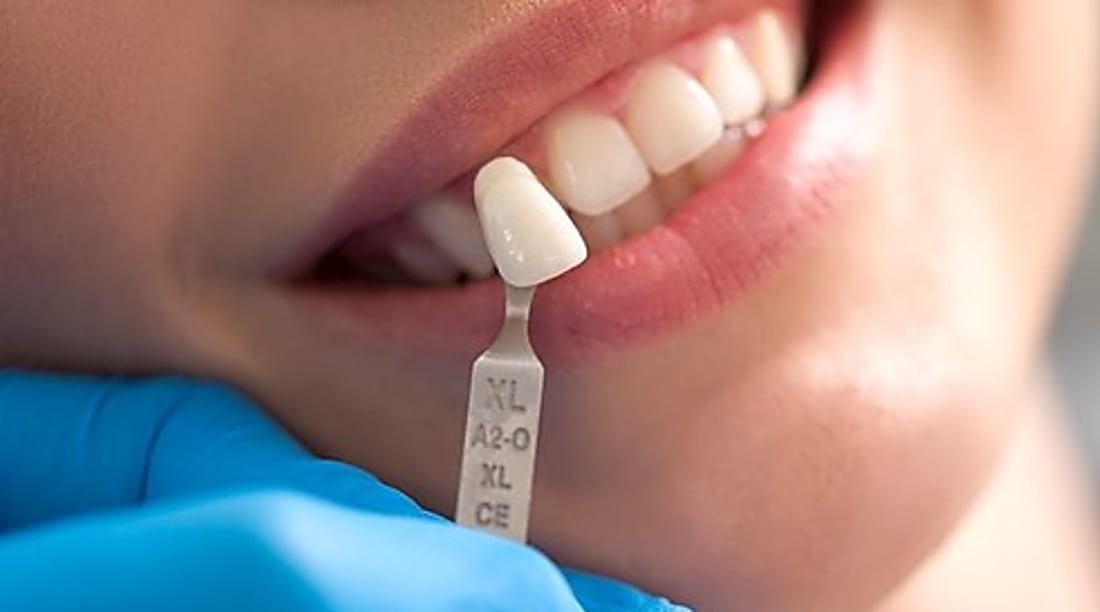Invisible Dentures vs Traditional Dentures for Missing Teeth United States 2025: Key Insights and Comparisons
Considering tooth replacement in the United States in 2025? This article explains invisible (flexible/clear) dentures, compares them with traditional acrylic dentures, and outlines benefits, limitations, and practical factors to help you choose the best option for your oral health and lifestyle.

What Are Invisible Dentures?
Invisible dentures—often referred to as flexible or clear dentures—are removable dental prosthetics designed to replace missing teeth while closely mimicking the natural appearance of gums and teeth. Unlike traditional dentures, which use rigid acrylic materials, invisible dentures are made from flexible, translucent polymers. This material flexibility allows the dentures to adapt more naturally to movements within the mouth, providing both an aesthetic and functional advantage.
These dentures seamlessly blend with existing teeth and gum tissues, making them almost invisible to other people. Invisible dentures can be crafted as partial dentures (replacing a few missing teeth) or as full dentures substituting all teeth in an arch.
How Do Traditional Dentures Work?
Traditional dentures are prosthetics typically made of acrylic resin that rests on the gums and replaces missing teeth either partially (partial denture) or fully (complete denture). They rely on suction and sometimes dental adhesives to stay in place. Standard acrylic dentures are rigid structures that do not flex with mouth movements, which can sometimes lead to irritation or uncomfortable pressure on the gums.
Traditional dentures have been a mainstream solution for decades, offering a cost-effective and accessible way to restore the function and appearance of missing teeth.
Comparing Aesthetic Appeal
Invisible dentures provide superior aesthetics due to their translucent and flexible materials that mimic natural gum tones and textures. Their design helps avoid the bulky or artificial look that traditional acrylic dentures sometimes have. This quality can greatly enhance confidence by delivering a discreet tooth replacement option.
In contrast, traditional dentures often appear noticeably artificial because of their opaque acrylic base and less natural color match. The rigidity of traditional dentures can also cause them to feel and look bulkier in the mouth.
Comfort and Fit Differences
Thanks to their flexible construction, invisible dentures offer a more adaptive fit, moving naturally with the mouth’s muscles and contours. This flexibility reduces common issues such as sore spots, gum irritation, and the feeling of a foreign object in the mouth.
Traditional dentures, being rigid, may require adhesives or rely solely on suction, which can cause gum soreness and pressure points over time. Some patients report difficulty with long-term comfort, especially if the dentures are not properly fitted or if jawbone resorption alters their fit.
Durability and Longevity
The flexible polymers used in invisible dentures make them less brittle and more resistant to cracking or chipping compared to traditional acrylic dentures, which are more prone to fractures if dropped or stressed.
While invisible dentures might have enhanced durability in terms of material flexibility, the longevity of any denture also depends on proper care and periodic professional adjustments due to changes in the shape of the gums and jawbone over time.
Functional Benefits: Speech and Eating
Invisible dentures’ flexible design allows better adaptation to movements involved in speaking and chewing. This can lead to improved speech clarity and a more comfortable eating experience without frequent slipping or shifting.
Traditional dentures may move during eating or speaking, requiring adhesives and causing a lack of confidence when engaging in daily activities. They can also restrict certain foods due to concerns about stability.
Cost Considerations and Availability in the United States
Generally, invisible dentures are more costly than traditional dentures because they require advanced materials and manufacturing techniques. Pricing varies depending on dental practice, number of teeth replaced, and other factors. Moreover, not all dentists in the United States provide invisible denture options, which can limit accessibility.
In contrast, traditional dentures are widely available and often represent the more affordable tooth replacement solution, appealing to those with budget constraints or medical conditions that preclude surgical options.
Suitability and Limitations of Invisible Dentures
Invisible dentures can replace multiple missing teeth and even serve as full denture replacements. However, suitability depends on factors such as oral health status, extent of tooth loss, and professional recommendations. Invisible dentures may not be ideal for everyone due to:
- Higher cost compared to traditional dentures
- Potential for easier staining of flexible denture materials
- An adjustment period for speech and mastication similar to all denture types
- Limited provider availability across some regions
Broader Context: Dentures and Other Prosthetics
Invisible dentures should not be confused with invisible dental aligners, which straighten existing teeth rather than replacing missing ones. Both are removable but serve different purposes in dental treatment. For comprehensive tooth replacement solutions, implant-supported dentures may offer improved stability compared to both traditional and invisible dentures but involve surgical procedures and higher investment.
Practical Considerations for Tooth Replacement in the United States in 2025
For consumers evaluating tooth replacement in 2025, invisible dentures reflect a modern, aesthetically focused option with benefits in comfort, flexibility, and natural appearance. However, they come with trade-offs in cost and availability compared to traditional dentures, which remain a practical and accessible solution.
Dental professionals recommend thorough consultation to evaluate individual needs, oral condition, and financial factors before making a denture choice. Such consultations ensure an informed decision aligns with both health and lifestyle goals.
Disclaimer: Prices and availability for invisible dentures and traditional dentures vary by region, dental provider, and current market conditions in the United States. Consumers should verify details and consult with qualified dental professionals when considering tooth replacement options.
Sources
- American Academy of Prosthodontics, Overview of Denture Types and Materials
- U.S. National Institute of Dental and Craniofacial Research: Dentures and Oral Health
- Latest Research in Dental Materials and Prosthetic Technology, 2025
- Park Dental Care Brooklyn, Dental Implants and Dentures Comparison
- Dayo Dental Network, Traditional Dentures vs Implant Overdentures Insights




